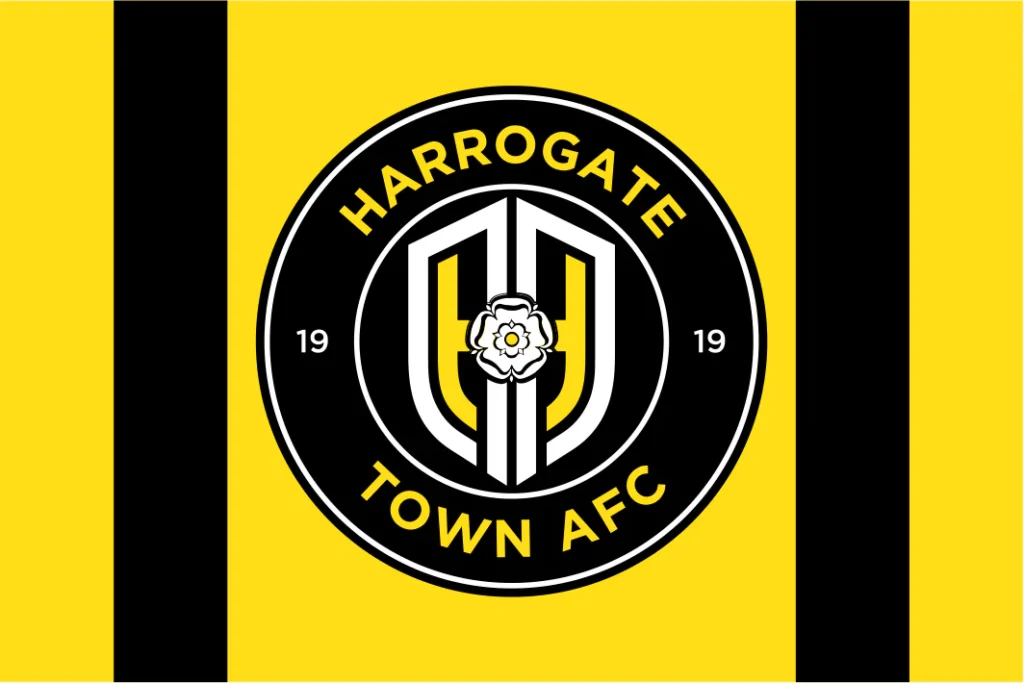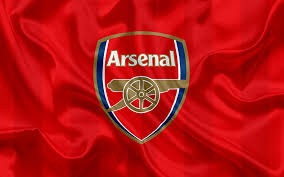
Harrogate Town FC
Harrogate Town FC is more than just a football club; it is a vital part of the community, a symbol of local pride, and an evolving entity in the landscape of English football. The club has experienced significant growth and development over recent years, capturing the imagination of fans and sports enthusiasts alike. In this comprehensive article, we delve into the history, achievements, culture, and future prospects of Harrogate Town FC, providing insight into what makes this club unique and noteworthy top nhà cái.
History and Origins of Harrogate Town FC
Understanding the roots of Harrogate Town FC helps appreciate its journey from humble beginnings to professional prominence. This section explores the origins of the club, key milestones in its development, and how it has shaped its identity over the years.
The formation of Harrogate Town FC dates back to the early 20th century, rooted deeply within the town’s local community spirit. Initially established as a semi-professional team, the club sought to represent Harrogate’s burgeoning passion for football. The early years were marked by grassroots competitions, local league participation, and building a loyal supporter base.
Over time, Harrogate Town FC experienced several pivotal moments—such as joining regional leagues, securing promotion, and developing infrastructure—that set the stage for its rise. The transition from amateur to semi-professional status was driven by strategic planning, dedicated management, and enthusiastic players committed to elevating the club’s profile.
A defining aspect of the club’s history is its resilience through challenging periods, including financial struggles and competitive setbacks. Each obstacle, however, reinforced the community’s dedication to preserving their team. The club’s community-centered approach has fostered a strong bond with supporters, creating a sense of shared purpose and pride.
The modern era saw Harrogate Town FC climbing the tiers of English football, culminating in their historic promotion to the Football League. This milestone not only marked a new chapter but also broadened the club’s horizons, attracting wider attention and investment. It exemplifies the club’s evolution from a local entity to a nationally recognized team.



